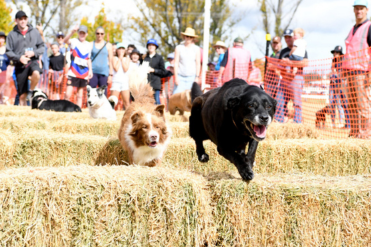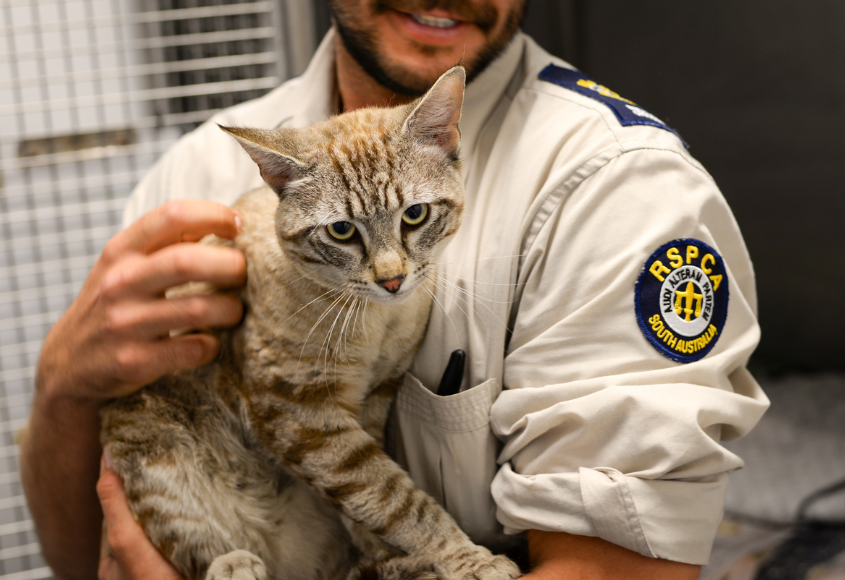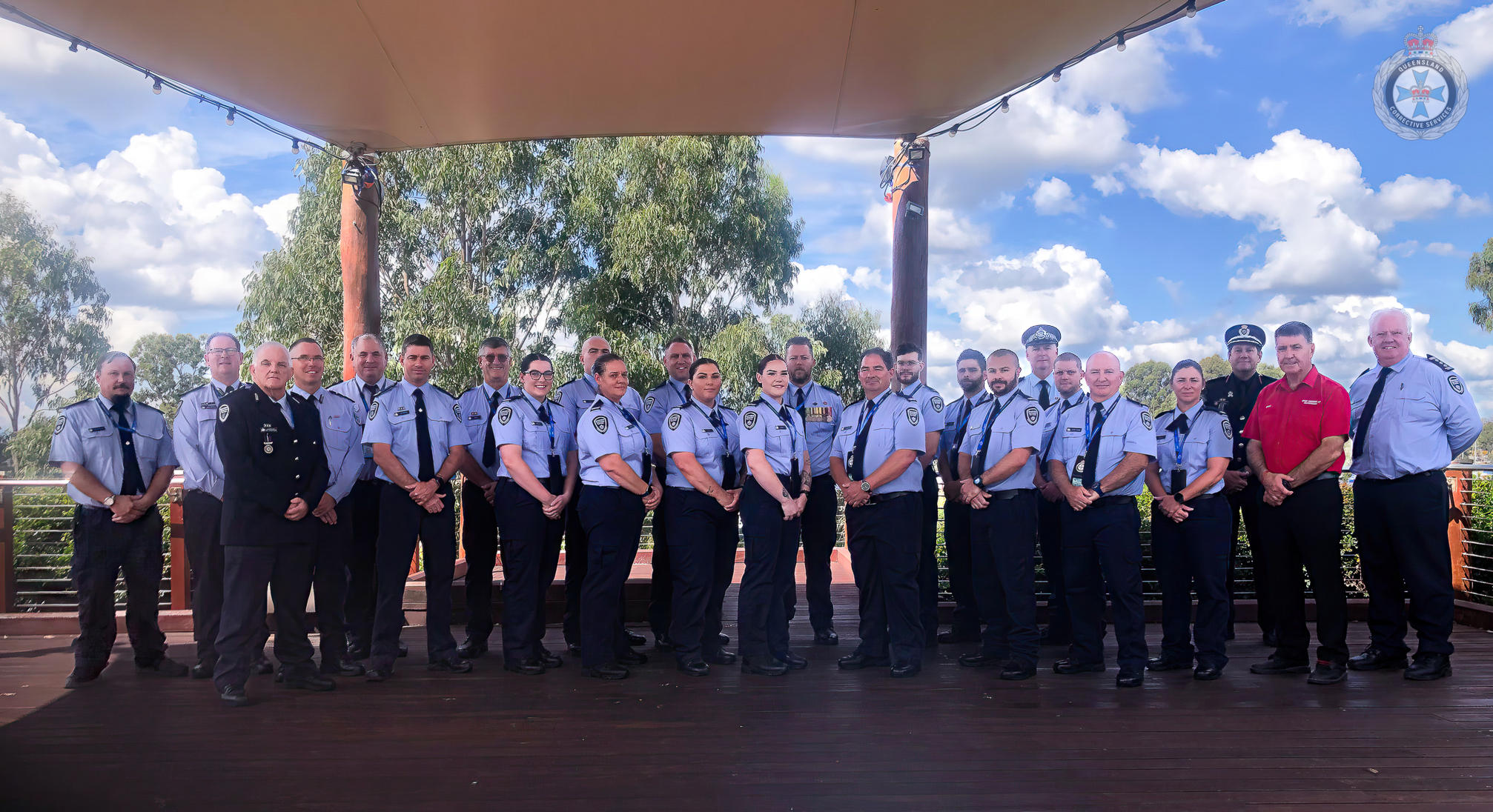North Queensland’s role on the front line of Australia’s biosecurity has been highlighted by the discovery of an invasive moth pest in the Torres Strait.
Minister for Agricultural Industry Development and Fisheries Mark Furner said the discovery of fall armyworm (Spodoptera frugiperda) showed just how critical it was for everyone to play their role in protecting Queensland’s critical agricultural production and environment.
“Fall armyworm is an invasive moth pest that feeds in large numbers on more than 350 plant species, causing major damage to economically important cultivated grasses such as maize, rice, sorghum, sugarcane and wheat, and also to other horticultural crops and cotton,” Mr Furner said.
“Those industries support thousands of Queensland jobs so it is vital that we work together to ensure it is eradicated.
“Biosecurity Queensland is working with other Australian governments and industry groups to manage the threat posed by fall armyworm and respond appropriately.”
Member for Cook Cynthia Lui said the moths were native to tropical and sub-tropical areas of the Americas but now posed a risk to crops.
“These moths mostly spread through natural means because they are strong fliers, but it is also important for our farmers for everyone to be aware of biosecurity and the potential to spread this and other pests,” Ms Lui said.
“Biosecurity is everyone’s business and we can all play a role by being vigilant and reporting anything that doesn’t seem right to Biosecurity Queensland.
“By doing that we put up an extra line of defence to protect local jobs and jobs right across Queensland.”
Biosecurity Queensland General Manager Plant Biosecurity and Product Integrity Mike Ashton said fall armyworm had been found on Erub and Saibai islands.
“The Northern Australia Quarantine Strategy have advised Biosecurity Queensland that seven specimens of the pest were found in late January in traps set on the islands,” Mr Ashton said.
He said fall armyworm larvae were most active during late summer and early autumn months, but may be active year-round in tropical areas.
“Fall armyworm larvae are light coloured with a larger darker head. As they develop, they become browner with white lengthwise stripes and also develop dark spots with spines,” Mr Ashton said.
“Adult moths are 32 to 40mm in length wing tip to wing tip, with a brown or grey forewing and a white hind wing.
“Male fall armyworm adults have more patterns and a distinct white spot on each of their forewings.
“Growers should have on-farm biosecurity measures in place to protect their crops from pests and diseases.”
Mr Ashton said fall armyworm was first detected outside its native range in early 2016 and has spread to Africa, the Indian subcontinent, China and Southeast Asia.
“The pest is a strong flier and is believed to have covered most of its geographical range through natural dispersal but can also be spread through the movement of infested plant material,” he said.
“The community, industry and agronomists are encouraged to report any unexpected symptoms in the field by phoning the Exotic Plant Pest Hotline on 1800








